Blog
Unleashing Learning Potential: Maximizing Educational Software in the Classroom
Introduction:
Educational software has ushered in a new era of learning, transforming traditional classrooms into dynamic, interactive environments. In this blog post, we will explore the ways in which educational software enhances learning experiences, promotes student engagement, and empowers educators to create personalized educational journeys for their students.
One of the primary advantages of educational software is its ability to cater to diverse learning styles. Through interactive simulations, visual aids, and gamification elements, software programs accommodate various learning preferences, ensuring that every student can grasp and retain information effectively. This inclusivity fosters a supportive learning environment where students can thrive.
Educational software also encourages active participation. Students become active contributors to their learning process, as they engage with multimedia content, participate in virtual experiments, and solve interactive quizzes. This hands-on approach sparks curiosity, critical thinking, and problem-solving skills, empowering students to take ownership of their education.
Another benefit of educational software is its flexibility and adaptability. Teachers can customize lesson plans, adapting them to different student abilities and pacing. Software programs offer a wide range of resources, including interactive textbooks, virtual labs, and educational games, allowing educators to create engaging and dynamic lessons tailored to their students’ needs.
The integration of educational software also opens doors to real-world connections. Students can explore global issues, connect with experts in various fields, and access a wealth of educational resources beyond the boundaries of their physical classrooms. This connectivity broadens students’ horizons, promotes cultural understanding, and prepares them for a globalized society.
Educational software serves as a valuable assessment tool, enabling teachers to track students’ progress and identify areas that require additional support. Through automated grading and data analytics, educators can gain insights into individual and overall class performance, allowing for targeted interventions and personalized feedback. This data-driven approach facilitates informed decision-making, ensuring that students receive the necessary support to succeed.
Furthermore, educational software fosters collaboration among students. Virtual classrooms, discussion forums, and collaborative projects promote teamwork, communication, and the exchange of ideas. Students can work together on assignments, share their perspectives, and learn from one another, fostering a sense of community and preparing them for future collaborative endeavors.
Beyond the classroom, educational software extends learning opportunities beyond traditional school hours. Students can access educational resources and engage in self-directed learning at their own pace, reinforcing concepts and exploring topics of interest. This flexibility allows for continuous learning and empowers students to become lifelong learners.
In conclusion, educational software has revolutionized the classroom by enhancing learning experiences, promoting student engagement, and empowering educators to personalize instruction. With its ability to cater to diverse learning styles, encourage active participation, and facilitate collaboration, educational software has become an invaluable tool in modern education. As technology continues to advance, the potential for educational software to further transform and enrich the learning landscape is limitless.

